Intel Core Duo USB Issue: A Mischaracterized Bug
by Anand Lal Shimpi on February 13, 2006 1:40 PM EST- Posted in
- Laptops
The Notebooks
In order to test this issue thoroughly, we looked at five notebooks:
ASUS W5A (Sonoma/Pentium M)
The USB Devices
We tested with three USB devices:
Kingston Data Traveler Elite (USB 2.0)
The Test
We standardized on Mobile Mark's Reader 2002SE test simply because that test is hardly CPU intensive, giving it a lot of time to spend in lower power states and potentially giving the asynchronous scheduler bug a good chance to impact battery life.
In order to test this issue thoroughly, we looked at five notebooks:
ASUS W5A (Sonoma/Pentium M)
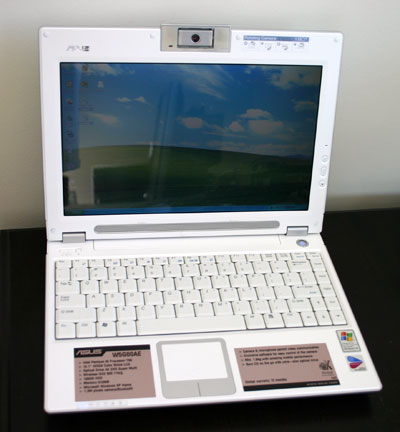


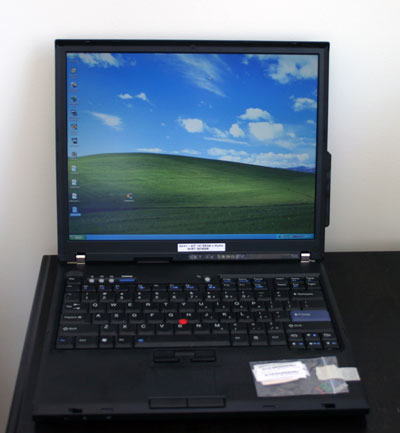
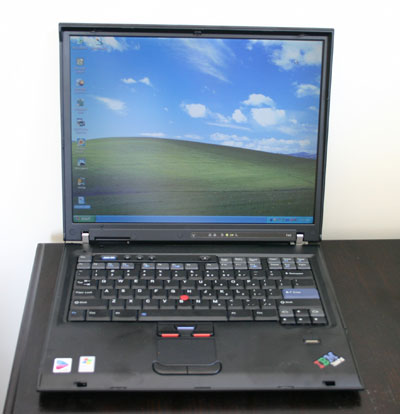
The USB Devices
We tested with three USB devices:
Kingston Data Traveler Elite (USB 2.0)

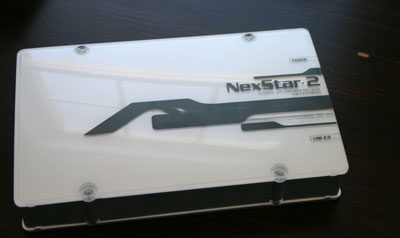
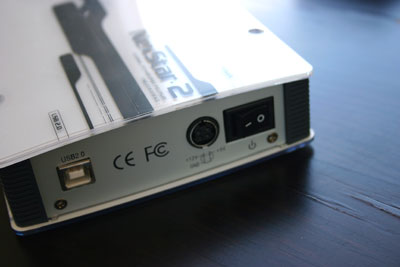
Not that this device is entirely externally powered

The Test
We standardized on Mobile Mark's Reader 2002SE test simply because that test is hardly CPU intensive, giving it a lot of time to spend in lower power states and potentially giving the asynchronous scheduler bug a good chance to impact battery life.
ASUS W5F |
ASUS W5A |
Dell Inspiron E1705 | Lenovo Thinkpad T60 | Lenovo Thinkpad T43 | |
| CPU: | Intel Core Duo T2400 (1.86GHz) |
Intel Pentium M 750 (1.86GHz) |
Intel Core Duo T2600 (2.16GHz) |
Intel Core Duo T2600 (2.16GHz) |
Intel Pentium M 780 (2.26GHz) |
| Chipset: | Intel 945G |
Intel 915G |
Intel 945G |
Intel 945G |
Intel 915G |
| Chipset Drivers: | Intel 7.2.2.1006 |
Intel 7.2.2.1006 |
Intel 7.2.2.1006 |
Intel 7.2.2.1006 |
Intel 7.2.2.1006 |
| Memory: | 1 x 512MB (DDR2-533) |
1 x 512MB (DDR2-400) |
2 x 512MB (DDR2-667) |
2 x 512MB (DDR2-533) |
2 x 512MB (DDR2-533) |
| Graphics: | Intel Integrated 945G Graphics |
Intel Integrated 915G Graphics |
Intel Integrated 945G Graphics |
Intel Integrated 945G Graphics |
Intel Integrated 915G Graphics |
| Video Drivers: | Intel 14.18.2 |
Intel 14.18.2 |
Intel 14.18.2 |
Intel 14.18.2 |
Intel 14.18.2 |
| Desktop Resolution: | 1280 x 768 |
1280 x 768 |
1920 x 1200 |
1400 x 1050 |
1024 x 768 |
| Battery Capacity: | 50 WHr |
50 WHr |
80 WHr |
56 WHr |
51 WHr |










61 Comments
View All Comments
lazybum131 - Tuesday, February 14, 2006 - link
Actually, if you take into account the larger capacity battery on the T60, 56WHr compared 51 WHr, the T43 comes out ahead most of the time. The T60 has a 9.8% larger capacity battery, but with the fix it only comes out ahead 3.2%, 1.85%, 8.24% and 5.04%.Anand Lal Shimpi - Monday, February 13, 2006 - link
I'm looking into this issue myself and I will have an updated Core Duo performance article in the coming weeks that will address this as well as many other items. I wouldn't use the ASUS notebooks to compare Napa to Sonoma, especially given the internal USB 2.0 camera. I am hoping to do a Lenovo based Napa vs. Sonoma comparison that will hopefully make things a lot clearer.Take care,
Anand
JarredWalton - Monday, February 13, 2006 - link
I think that Napa allows a lower power setting, but you have to remember that two cores are still going to use more power than a single core when active. It might be interesting to see a test comparing Sonoma and Napa with the same CPU, as Dothan and Yonah both fix socket 479. There's also a question of the other peripherals, though: NIC, sound, screen, etc. all draw power. The newer Napa laptop from ASUS might have a better (re: brighter but more power hungry) LCD, for example, or a different HDD model. I don't know if they're strictly "identical" in other components, but a change of platform often involves other tweaks as well.NullSubroutine - Monday, February 13, 2006 - link
Id be more apt to say that the increase of the FSB and the second additional core are more likely the cause, because I think they did make sure the Asus laptops were exactly the same.IntelUser2000 - Tuesday, February 14, 2006 - link
Keep in mind that with laptops especially with power consumption there is so many variations to battery life problem. It could be that the implementation of the BIOS or voltage regulator is different across the two. Voltage regulator is said to be 5-10% of total power consumption, so differences in V-reg can make differences you are seeing.
Look here: http://www.hardwarezone.com/articles/view.php?id=1...">http://www.hardwarezone.com/articles/view.php?id=1...
Even with a faster CPU, MSI M635 with 1.8GHz Turion outperforms HP Compaq nx6125 with 2.0GHz Turion. It also gets better battery life even with X700.
I think 5% difference is well within the range.
huges84 - Monday, February 13, 2006 - link
Doh! I completely forgot about the dual vs single core issue. And your other points are valid as well.kmmatney - Monday, February 13, 2006 - link
Looks like I'll be using my old USB 1.1 mouse when I travel from now on.huges84 - Monday, February 13, 2006 - link
Yeah, a lot of people will be checking what version of USB their mouses are. I know I will be.Saist - Monday, February 13, 2006 - link
In reguards to THG, I was surprised to see a link as well.In reguards to AMD systems, I have a Turion on hand from Fujitsu (Lifebook S2000) and have been unable to duplicate the power loss from a default state with either a USB 2.0 external DVD drive, or a USB 2.0 Plextore ConvertX device.
I was also surprised to see that Anandtech didn't test any Turion systems themsevles in the article. But, having tested 2 Centrino systems of my own (one from Sager, the other from Dell), in addition to the Fujitsu, yes, it is time consuming.
Zebo - Monday, February 13, 2006 - link
Anand refuses to test new turions similarly equiped.. don't know why I've emailed him never heard back. Go to laptop logic.